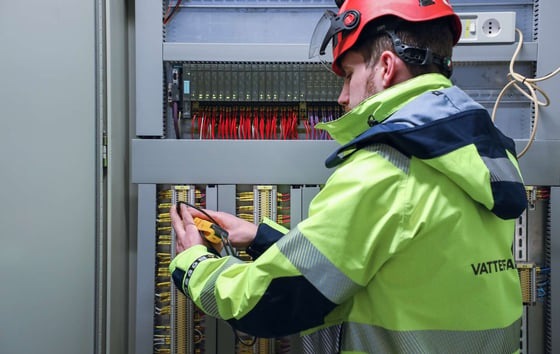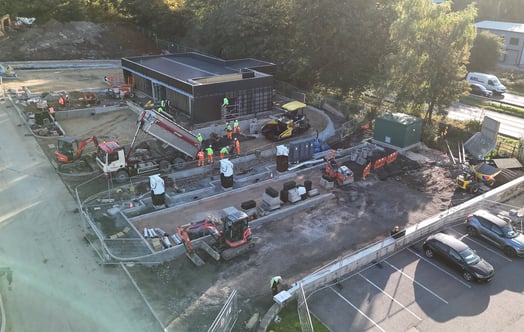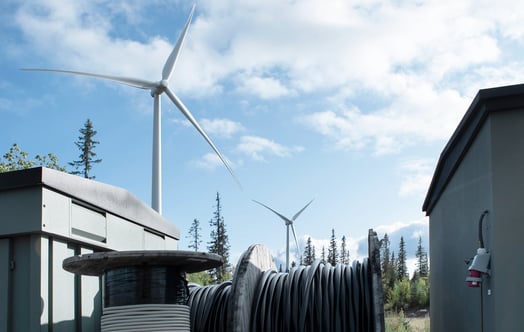
Vattenfall Research and Development
Through innovative research activities, Vattenfall is driving development towards the goal of making fossil-free living possible within one generation, not only for ourselves, but also for our partners.
More than ever before, R&D activities involve the use of digital technologies, including data analytics, machine learning and artificial intelligence.
Digitalisation is not an end in itself, but a valuable tool that helps us develop new solutions for customers, optimise and improve our grid and production assets, and solve technical problems.
Around 120 people, of more than 30 nationalities, work in Vattenfall’s dedicated R&D organisation, in addition to many more in the various Business Areas. Vattenfall spent over £43 million on R&D in 2017 and over £39 million in 2018.

Vattenfall uses information from smart meters, sensors and switches to locate grid outages automatically, with much greater precision, leading to faster grid restoration.
Analytics for climate-smart customers and grid services
Ongoing digitalisation is providing us with a wealth of advanced data, and Vattenfall is exploring ways of using this data to create even greater value.
Through analytics we can create opportunities for our customers to reduce carbon emissions while enabling us to modernise our monitoring of the grid and manage grid flexibility.
End-user applications and benefits
Smart meters are a technological advancement that were originally installed to enable automatic billing. Digitalisation and advanced analytics are now opening up new possibilities.
Data about customers’ actual energy consumption can be used in many ways. One example is to offer customers a clear visualisation of their energy consumption patterns, enabling them to spot anomalies and identify opportunities to save energy. A test application has been developed and is now being trialled in a pilot project including more than 2,000 Vattenfall customers. Such advancements will enable us to control and level out energy consumption automatically, without reducing customers’ comfort.
For customers with their own solar or wind power systems, load shifting can be tailored to harmonise consumption with their own generation. Customer benefits can be further enhanced with the addition of batteries and energy storage systems.
System applications and benefits
Vattenfall uses information from smart meters, sensors and switches to visualise electricity grids. Outages can be located automatically, with much greater precision and almost instantaneously, leading to faster grid restoration and reduced outage times. This is an important improvement for our customers, especially in the countryside, where outages typically take a longer time to remedy than in urban areas.
Voltage levels and the quality of the grid in specific areas can also be measured remotely. This is important when planning grid reinforcement, but also when planning for new buildings or development of new city areas. Avoiding unnecessary grid reinforcement saves costs both for us as the grid operator and for the customers.
The other side of the coin is that we can start planning for reinforcement of the grid before customers experience low voltage levels when electricity use rises.
At a system level, the introduction of more solar and wind power is leading to greater interest in using batteries to level out consumption, or in shifting consumption to periods of high generation from these sources.
Smart system services, which minimise balancing and load-shifting costs while maximising consumption of these renewable energies, will be attractive to grid operators as well as for end customers and will facilitate the shift towards an energy system based on 100% renewables.

Subscribe to news updates
To be kept up to date please subscribe to our newsletter. We only send occasional news and will not pass your details on to anyone else.



